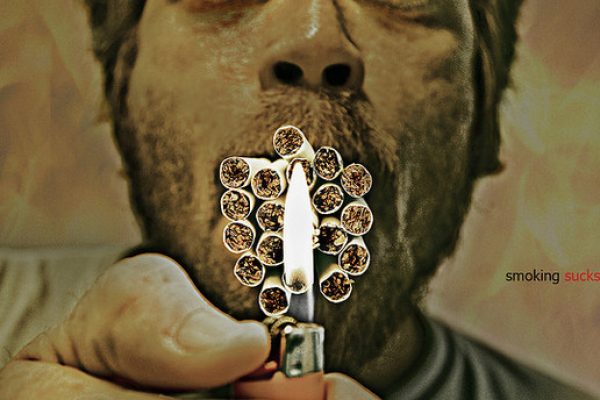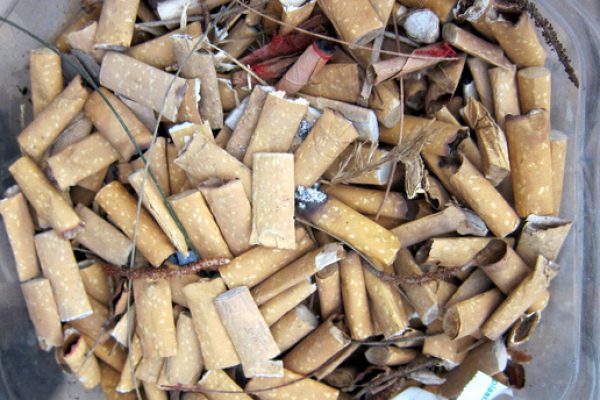COPD or chronic obstructive pulmonary disease is the fourth leading cause of death in the United States. Atleast 12 million people are diagnosed with the disease. More may have the disease and do not know it. How is the diseased diagnosed and treated? What are the symptoms to watch for?
This disease makes breathing difficult and worsens over time. It has two main conditions- emphysema and chronic bronchitis.
In emphysema the air sacs of the lungs are damaged and in some cases lose their shape and become floppy. This can also destroy the walls which leads to larger and fewer sacs instead of tiny ones. This causes the amount of gas exchange in the lungs to be dimenished.
In chronic bronchitis the lining of the airways is continually enflamed and irritated causing the lining to thicken. In the airways lots of thick mucus developes making it hard to breathe.
The disease developes slowly and worsen over time. In severe COPD it may prevent you from doing even the most basic activities during a typical day. Things such as taking care of yourself or cooking and walking you may no longer be able to do.
Basically COPD occurs over time when the lungs have been exposes to irritants that damages the airways and the lungs. The most common of these irritants is the cigarette. And, if smoke is inhaled, pipes, cigars and other types of tobacco smoke can also cause the disease. Other things that can contribute to this disease are air pollution, smoke and second hand smoke from the workplace or environment.
Usually a person is atleast 40 years old when the symptoms begin. People younger than 40 can get the disease. For example those with alpha-1 antitrypsin deficiency which is a genetic condition.
Often a 'smoker's cough' will develope and this is one of the first symptoms. It is a cough that is ongoing and produces a large amount of mucus. Wheezing(a squeeky orwhistling sound when you breathe) or , chest tightness and shortness of breath especially with physical activity is another symptom.
These symptoms are similar to some other diseases but the doctor can run tests to see if this is what you have. Often these symptoms occur years before the actual flow of air in and out of the lungs has declined. Your doctor will diagnose the disease based on these test results, symptoms and signs, and family and medical history. The doctor will ask you questions pertaining to how long you have had these symptoms and how much mucus comes up when you talk, and examine you.
The main test is called a spirometry and it is painless. You will be asked to take a deep breath in and then you will blow as hard as you can into a tube which is connected to a small machine. This machine is called a spirometer and it will measure how much air you breathe out and how fast. Then the doctor will have you inhale a medicine that will help to open your airway and have you breathe into the tube again and can then compare the results before and after adding the medicine.
Your doctor can also do several other type of tests as well. A arterial blood gas test or a chest CT scan can be done. The arterial blood gas test measures the oxygen in your blood and the CT scan creates pictures of blood vessels, lungs and heart and can show other conditions such as heart failure.
Though COPD has no cure yet there are lifestyle changes and treatments that can help to slow the progress of the disease, help you be more active and feel better.
Quitting smoking is the most important way to start. The doctor can help you learn of products and programs to help you quit. Other COPD treatments include vaccines, medicines, tips for managing complications, oxygen therapy and surgery, and pulmonary rehabiliation.
Depending on the severity of your COPD the doctor may prescribe a bronchodilator and these relax the airways and muscles and either short or long acting. And to reduce airway inflammation that flares up an inhaled glucocosteroids are prescribed. To relieve these breathing problems your doctor may ask you to try this for a trial period of six weeks up to three months to see how it helps.
Those with COPD are at higher risk for pneumonia. You may want to discuss with your doctor whether you should get the pneumococcal vaccine which lowers your risk. And a flu shot as well since this can cause serious problems for the COPD patient. Even a cold can cause symptoms to worsen.
Avoiding irritants to the lungs and quitting smoking will make your lifestyle more enjoyable. There is no cure for COPD. Using air filters in the home can help as well.











